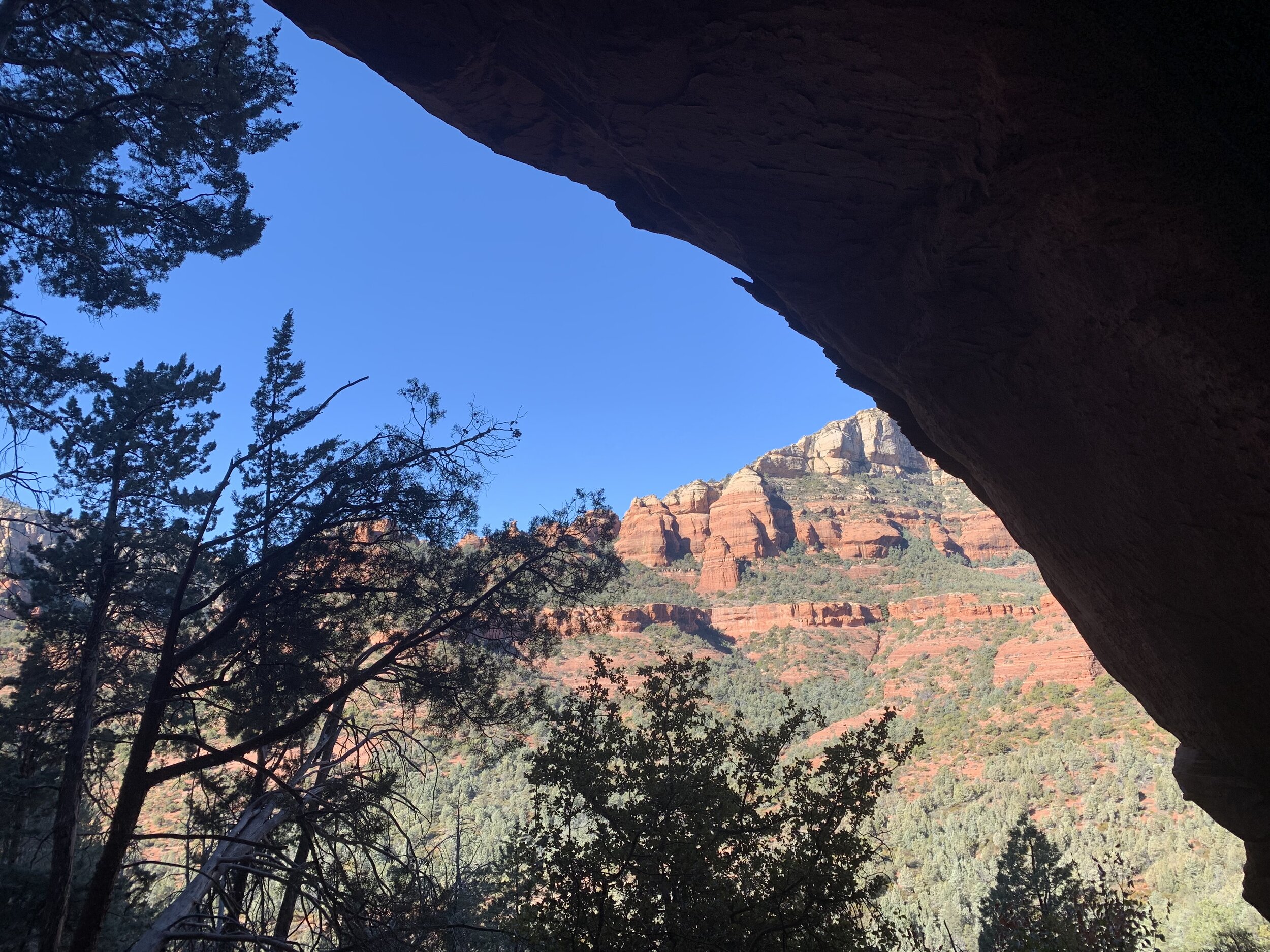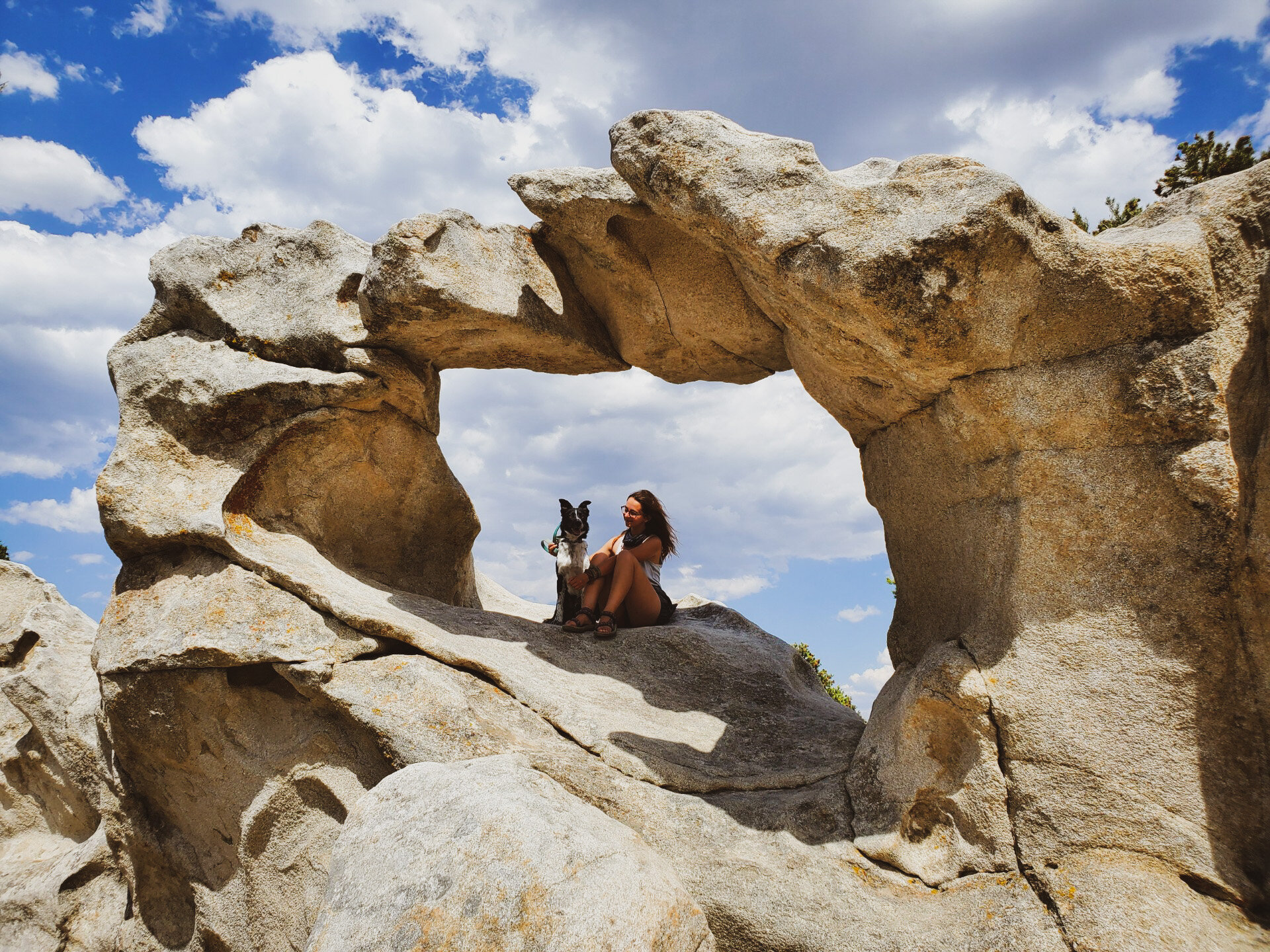When I first started traveling solo in the summer of 2019, I knew I was on the search for something. I didn’t quite know what I’d find, but I knew it wasn’t anything I currently had. What I was looking for, was me. I didn’t quite know it yet because I hadn’t done the digging or the shadow work to identify what was missing, but I knew I was on my way to whatever it was.
Solo travel quickly became an essential part of my own healing journey, and while I took a break from it to travel with someone I loved deeply, I’ve recently found myself at the precipice again: about to step out solo, on the search for something important, but this time, I know what it is.
Solo travel can be transformational. There truly is nothing like spending every waking hour of your days by yourself, outside of your comfort zone. It can bring you back to your very center, and leave you asking yourself, “Why did I do this in the first place?” But the thing is, no matter how hard solo travel is, it can also be incredibly eye opening. So, let’s dive into why solo travel is so essential to your healing journey, and how you can discover yourself on the road.
Solo Travel Forces You to Dig Deep
Let’s just jump right in. Solo travel is intensely transformational for so many reasons, but one of the deepest of all is how much you can learn about yourself in a short amount of time. Travel in any way is meant to put you out of your comfort zone, which leads to a lot of problem solving, whether it’s trying to translate a foreign language in an area with no cell service, or trying to spontaneously find a place to sleep at night. Being alone in the world only adds to this, which forces you to be with yourself during these tough situations. Any triggers that come up as you navigate these problems can highlight healing that you need to address either on your trip, or when you return home.
For example:
“Why does it make me so uncomfortable to stray from my planned itinerary?”
“Can I trust that everything will work out?”
“In what ways can I learn to go with the flow more?”
Solo travel is fantastic at putting you in a place where you can readily receive these questions, and then spend enough time with yourself to find the answer.
Solo Travel Allows for Reinvention
When I was a kid, I always wished that I could start over and completely “reinvent myself.” Really, what I wanted was to end up in a situation where no one knew the old me, which would mean that I could finally be my authentic self safely. Solo travel is the perfect opportunity for you to try on who you really are. So many people travel solo for the purpose of moving past some sort of trauma, be it a breakup, the passing of someone close to them, or a major life change. As you try to find your happiness again, use this as an opportunity to embody the person you truly are. After all, odds are, you’ll never see most of the people you meet while traveling again anyway.
Questions to ask:
“Who am I when I’m home alone? How can I be that person all the time?”
“What is something I’ve always wanted to try?”
Solo Travel Gets You Out of Your Comfort Zone
I’ve mentioned this a few times already, but traveling solo is the ultimate way to get out of your comfort zone. Your comfort zone keeps you safe. I see it similarly, or attached to, the spiritual ego. It is designed to keep you out of “danger,” but it can also stifle your growth. Growth itself can be uncomfortable, and solo travel pushes you out of your comfort zone in such a way that it forces growth. Things will not always go as planned, and you can either stay in the mentality of controlling your environment (comfort zone), or embrace change, and learn to go with the flow in the most beautiful way.
Things to ponder:
“How can I react differently to this situation?”
“In what ways can I embrace the unknown today?”
Solo Travel Shows You Just How Powerful You Are
A lot of times, when people set out on their healing journey, it’s caused by a feeling of needing to overcome something. Traveling solo forces you to problem solve, it makes it so that you have to be there for yourself when things aren’t quite going your way, and because of that, along your journey, you’ll surely learn exactly how capable and powerful you are. There’s nothing like finishing a really hard hike alone, or figuring out a problem on the road by yourself, or finishing a 3 month road trip that you did solo (believe me, I’d know). Whether you’re accomplishing climbing a mountain, or convincing yourself to go try that new restaurant alone, there is an absolute sense of pride that comes with solo travel and exploration. And, if anything, it’s good to simply be proud of yourself for getting out there any trying, because that is powerful in and of itself.
Ask yourself:
“What did I accomplish that I’m proud of today?”
“How can I overcome this challenge on my own?”
“What would I require from another person if I wasn’t alone in this situation? How can I give that to myself instead?”
Solo travel can push us out of our comfort zones, teach us about our very souls, and show us how extremely powerful we are. It has been a crucial step in so many people’s healing journeys for a reason, so consider making it part of yours. Just be sure to be safe, use your intuition, and have fun. And, remember, it’s okay to ask for help if you need it.
I am going to be offering channeled guidance sessions and card readings on my new section of the site soon: Sunbird Soul, named after my 1985 VW Vanagon that I call Sunbird! If you’re looking for some guidance on your journey, consider signing up for my email list so you know when that goes live!
Looking for tips on how to stay safe traveling solo? Check out this safety post I wrote for all my solo travel tips!

















































